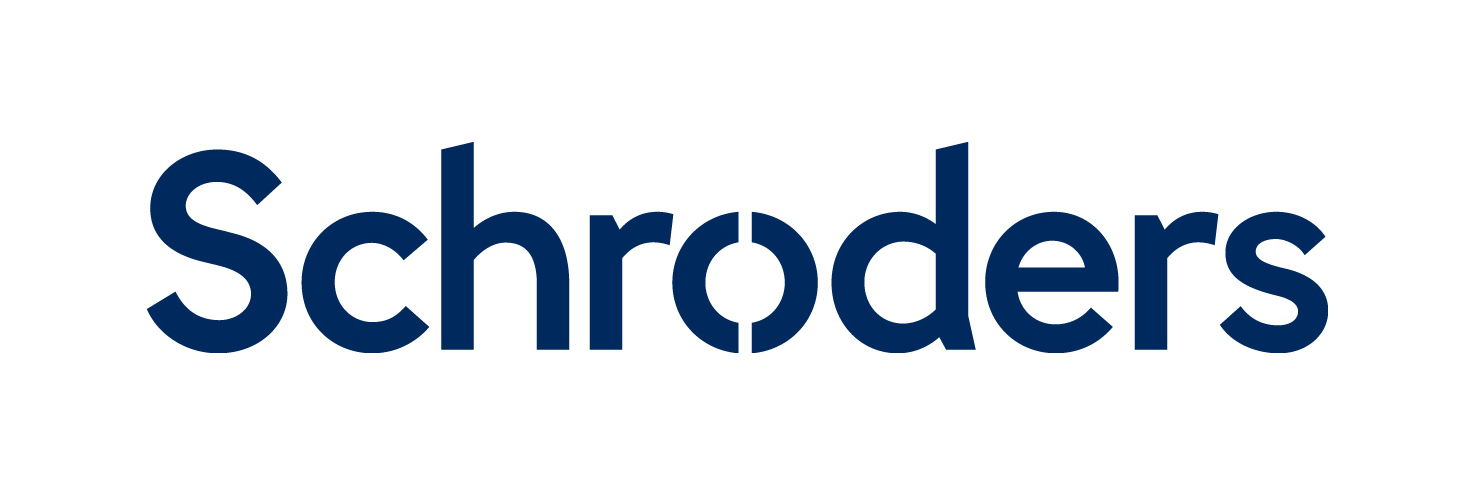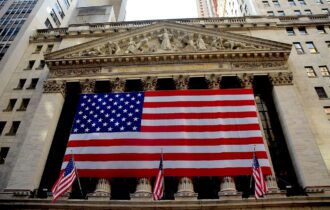
Schroder US Mid Cap

Run out of New York by Bob Kaynor, Schroder US Mid Cap has a focus on small and medium-sized companies, with a diversified set of return drivers, in order to dampen the risk of the overall portfolio. The investment process is underpinned by in-depth company analysis, which has led to superior stock selection over time.
Our Opinion
Fund Manager
Fund Manager

Bob Kaynor, Lead Manager Robert "Bob" Kaynor, CFA, is a Portfolio Manager for the Hartford Schroders US Small Cap Opportunities Fund and the Hartford Schroders US MidCap Opportunities Fund. He joined Schroders in 2013 as a Senior Equity Analyst and became Research Director in 2014. Prior to Schroders, Bob was the Chief Investment Officer at Ballast Capital Group (2010-2013), a Managing Director at Ramius Capital Group (2003-2010), and a Partner/Analyst at Barbary Coast Capital Management (2000-2003). He began his career in 1994 at RCM Capital Management. Bob holds a BSc in Economics with Financial Applications from Southern Methodist University.
Fund Performance
Risk
Company Description
Quote from the Fund Manager
When investing in US equities, we don’t “go big or go home”, but instead “go mid and do not overbid”.

Bob Kaynor
Lead Manager
Investment process
Stock selection is driven by fundamental analysis by Bob and his team of sector specialists. To diversify the portfolio, the team has three sources of stock returns. 'Steady eddies' or less cyclically-sensitive stocks act as ballast in the portfolio. 'Mispriced growth' are stocks where Bob feels the market has not fully understood the company's earnings potential. The last, and smallest bucket, is ‘recovery-type’ situations. A strict sell discipline is in place, with the setting of price targets.
Risk
Smaller and medium-sized companies can be less liquid than investments in larger companies. However, the manager is cognisant of this fact and usually invests around 5-10% in assets that he can buy or sell more quickly. As a result, Schroder US Mid Cap fund is typically less volatile than its index.
ESG
ESG - Integrated
ESG factors are integrated throughout the investment process for the whole of the Schroders fund range. Initial research focuses on the nature and sustainability of a company’s business model. For those warranting further investigation ESG factors are assessed on a company by company basis.
The process begins with the ‘SustainEx’ tool which has been developed in-house by a 25-strong central ESG team. SustainEx quantifies the positive and negative impacts companies have on society. It has won a number of awards and continues to be upgraded all the time. Most approaches measure impact relative to a benchmark, whereas SustainEx calculates a quantifiable overall impact. There are over 45 positive and negative externalities which have been drawn from over 400 academic studies and are applied to 9,000 global companies. The tool helps fund managers to identify previously unaccounted for ESG risks and helps them to build these risks into their valuation framework. Each individual strategy has its own ESG specialist on the team. In addition to SustainEx, analysts also use the Context tool which allows them to add their own input. It is also used in the valuation process, with higher discount rates applied to weak ESG companies. Some companies’ ESG will be so weak that they are considered uninvestable. ESG also helps shape portfolio construction: those stocks with a higher ESG risk may have a reduced weight in the portfolio, or if the risk is high enough, no position at all.







